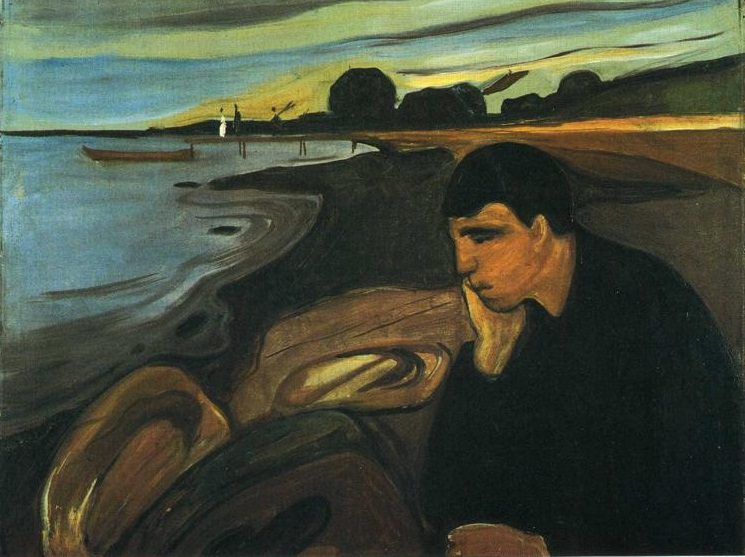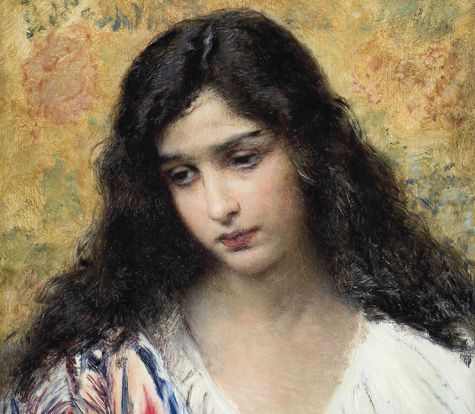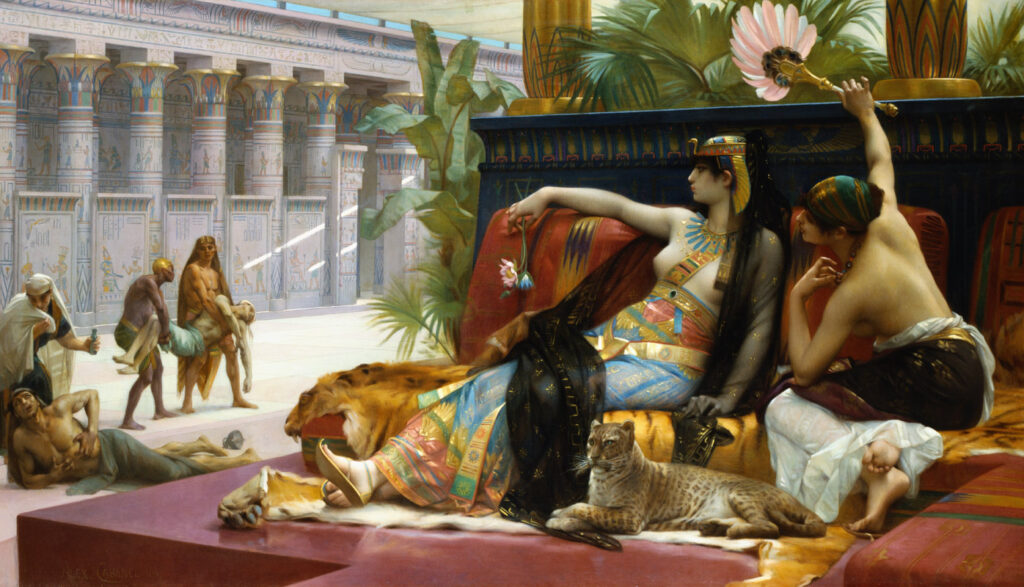The Oregon Trail
Francis Parkman
1848
(Horses, rifles, and knives see a party of adventurers through the land of expansive plains, craggy mountains, buffalo, and the Sioux.)

“Shaw! Buddy!” Imagine a young, spontaneous Yankee calling out to his friend, both of them just out of college. He proposes that they leave the effeminate comforts of the East, and spend a summer adventuring westward into the untamed lands where life is dangerous and fascinating. Francis Parkman explains (ch.II):
“The restlessness, the love of wilds and hatred of cities, natural perhaps in early years to every unperverted son of Adam, was not our only motive for undertaking the present journey. My companion hoped to shake off the effects of a disorder that had impaired a constitution originally hardy and robust; and I was anxious to pursue some inquiries relative to the character and usages of remote Indian nations, being already familiar with many of the border tribes.”
So they did it. In 1846. Francis was 23. And the recollections of that journey, The Oregon Trail: Sketches of Prairie and Rocky-Mountain Life, remain with us as one of the best treatments of the early West that we will ever have. Parkman’s prose has the feel of a chronicle—it is obviously nonfiction, a travelogue. But it is not a ponderous journal of trivia and redundancy through which we must wade for hours to find the few interesting episodes; nor is each sunset a springboard for a forced flight of sentimental fancy in poor imitation of Byron’s Childe Harold or other Old World sketches. Rather, it is an engaging selection of vignettes, personalities, and anecdotes that admit us to the ranks of the “ragamuffin cavalcade” that was Parkman’s expedition. Parkman’s writing is like Parkman himself—the stereotypical American at his best, one might say: direct yet perceptive, practical yet romantic, hearty yet insightful.
Arnold’s early poems
Matthew Arnold
1840-1849
(A man of intellect and of spiritual sensitivity contemplates the purpose of life and its struggles.)

“Unwelcome shroud of the forgotten dead,/ Oblivion’s dreary fountain, where art thou”. What a dark way to begin one’s poetical efforts, at 18 years of age! And we need read no further to suspect (correctly) that in Matthew Arnold we are in for something very different from the Romantics, and quite different also from his Victorian contemporaries Browning and Tennyson. The essence of the distinction is in his preoccupation with the meaning of life, and by extension death and the loss of faith. This spiritual decline that disturbed him so much, often called the maladie du siècle or the “sickness of the century”, had been treated more seriously on the continent, while in England Wordsworth, Keats, and Shelley were grasping at Nature or the humanism of the Greeks for their spiritual anchor. Arnold was a more melancholic, more skeptical poet, and doubted that the sickness could ever be cured, although he certainly loved the ancients (many of his early poems have classical subjects), and he also did look to nature for inspiration. Even as a teen he presaged the Existentialists, and indeed much of the spirit of the twentieth century, in trying to devise a way to preserve our spirituality and sense of wonder while being brutally honest about our mortality and the fleeting nature of all human endeavor. Matthew Arnold was a great poet not mainly because he was imaginative, morally sensitive, and wonderstruck, nor on the other hand because he was freethinking, scholarly, and skeptical; he was great because he was somehow both of these sorts of people at once. If his poetry could be said to have a single goal, it was to merge these two halves of his consciousness, the spiritual and the intellectual.
First Love
(Первая любовь)
Ivan Turgenev
1860
(A young man is thrown into the sweet agony of unrequited love for his beautiful new neighbor.)

Woldemar, a young man of sixteen, experiences the whirlwind of love descending on him for the first time, as he becomes acquainted with the beautiful and elegant Zinaida, the daughter of a princess, who has moved in next door. She enjoys a crop of suitors, and in her charming and carefree way pits them against each other. They make fools of themselves competing for her attention and smiles; but Woldemar is different, so awed he is in her presence. She is very kind towards him, and eventually gives him more attention than any other. He is enraptured, able to think of nothing else, obsessed with thoughts and dreams of her. He is overcome with the pain of his unrequited feelings, and is blissful when with her, sent into reverie with every careless touch or soft look. In this experience he realizes the power of love, and the strong—even dangerous—grip it can have on a person. Meanwhile, although he pays little attention to it, his home life is unsettled, with his parents often arguing.




Uncle Tom’s Cabin
December 28, 2014 / Leave a comment
Harriet Beecher Stowe
1852
(Two slaves struggle mightily: one for her liberty, the other for his integrity.)
This novel, the best selling book in the nineteenth century besides the Bible, is a remarkably forceful argument against the world’s most blatant form of widespread institutionalized violation of human rights. It is a collage of slave lives and lifestyles assembled with a thin glue of plot, all combining to urge our sympathies with the slaves and our antipathy to the injustice of their condition. It is an effort to bring free people to the realization that slaves are real persons who have the same sorts of spirits and minds as their masters, and yet they are and will always be subject to all sorts of anguish, suffering, and torture until slavery is abolished. “It is a comfort to hope,” Harriet Beecher Stowe writes in the Preface, “as so many of the world’s sorrows and wrongs have, from age to age, been lived down, so a time shall come when sketches similar to these shall be valuable only as memorials of what has long ceased to be.” We can be thankful that the author’s hope came true– the book served phenomenally well the purpose for which Stowe designed it. Testament to this are its enormous sales, the several hasty rebuttal “slavery isn’t so bad” novels, and, perhaps more than anything else, the comment of Abraham Lincoln when he met the author, calling her the “little woman whose book started this big war”.
(more…)